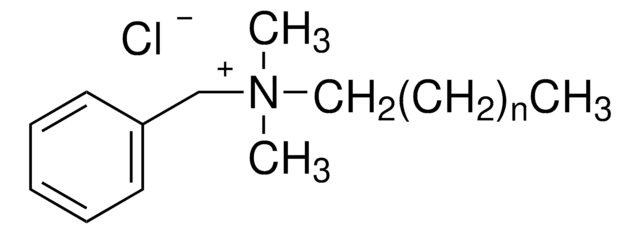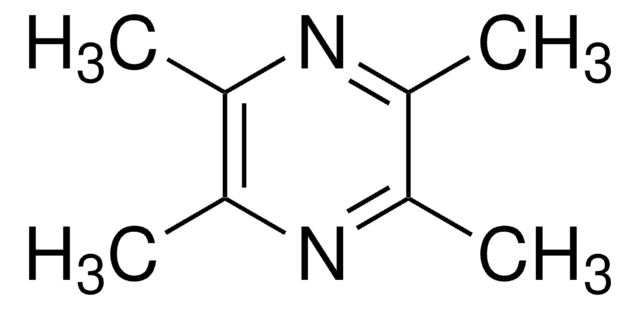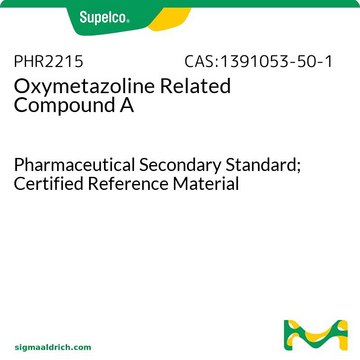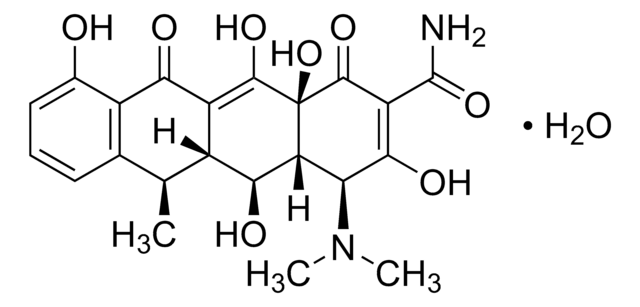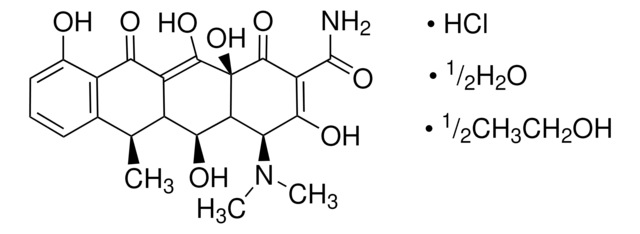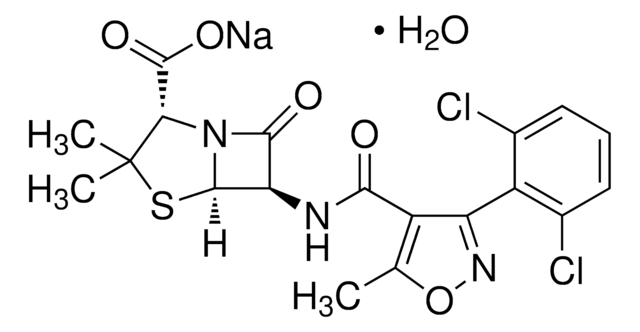SBP3500536
HVCN1 Blocking Peptide for SAB3500536
About This Item
Recommended Products
biological source
synthetic
Quality Level
form
liquid
species reactivity
mouse, rat, human
concentration
200 μg/mL
shipped in
wet ice
storage temp.
−20°C
1 of 4
This Item | 1226003 | 1189009 | 1134335 |
|---|---|---|---|
| grade pharmaceutical primary standard | grade pharmaceutical primary standard | grade pharmaceutical primary standard | grade pharmaceutical primary standard |
| manufacturer/tradename USP | manufacturer/tradename USP | manufacturer/tradename USP | manufacturer/tradename USP |
| format neat | format neat | format neat | format neat |
| application(s) pharmaceutical (small molecule) | application(s) pharmaceutical (small molecule) | application(s) pharmaceutical (small molecule) | application(s) pharmaceutical (small molecule) |
| API family doxycycline | API family doxycycline | API family dicloxacillin | API family ciprofloxacin |
| storage temp. −20°C | storage temp. 2-8°C | storage temp. - | storage temp. - |
Immunogen
Application
Linkage
Disclaimer
Storage Class Code
10 - Combustible liquids
Flash Point(F)
Not applicable
Flash Point(C)
Not applicable
Choose from one of the most recent versions:
Certificates of Analysis (COA)
It looks like we've run into a problem, but you can still download Certificates of Analysis from our Documents section.
If you need assistance, please contact Customer Support
Already Own This Product?
Find documentation for the products that you have recently purchased in the Document Library.
Our team of scientists has experience in all areas of research including Life Science, Material Science, Chemical Synthesis, Chromatography, Analytical and many others.
Contact Technical Service